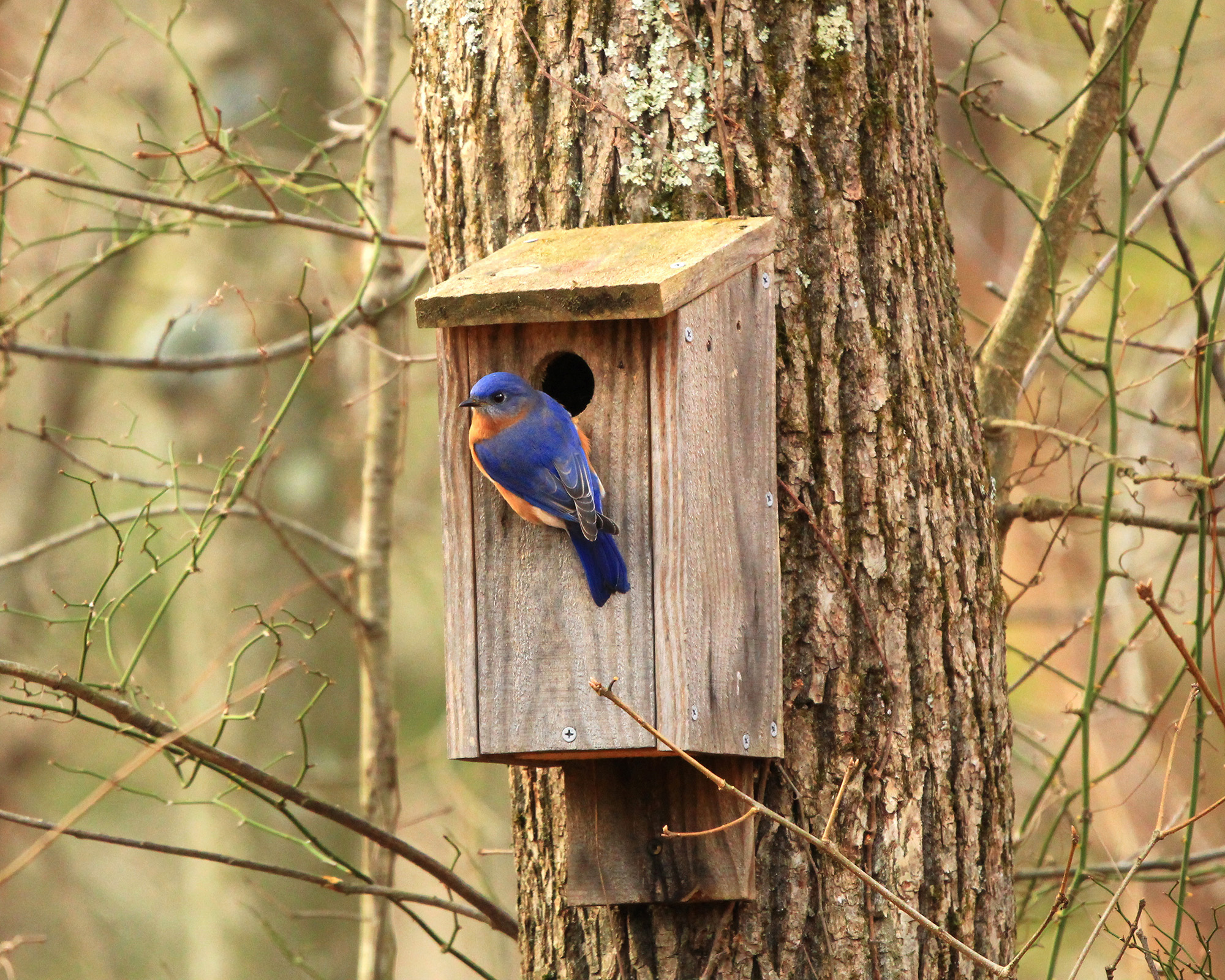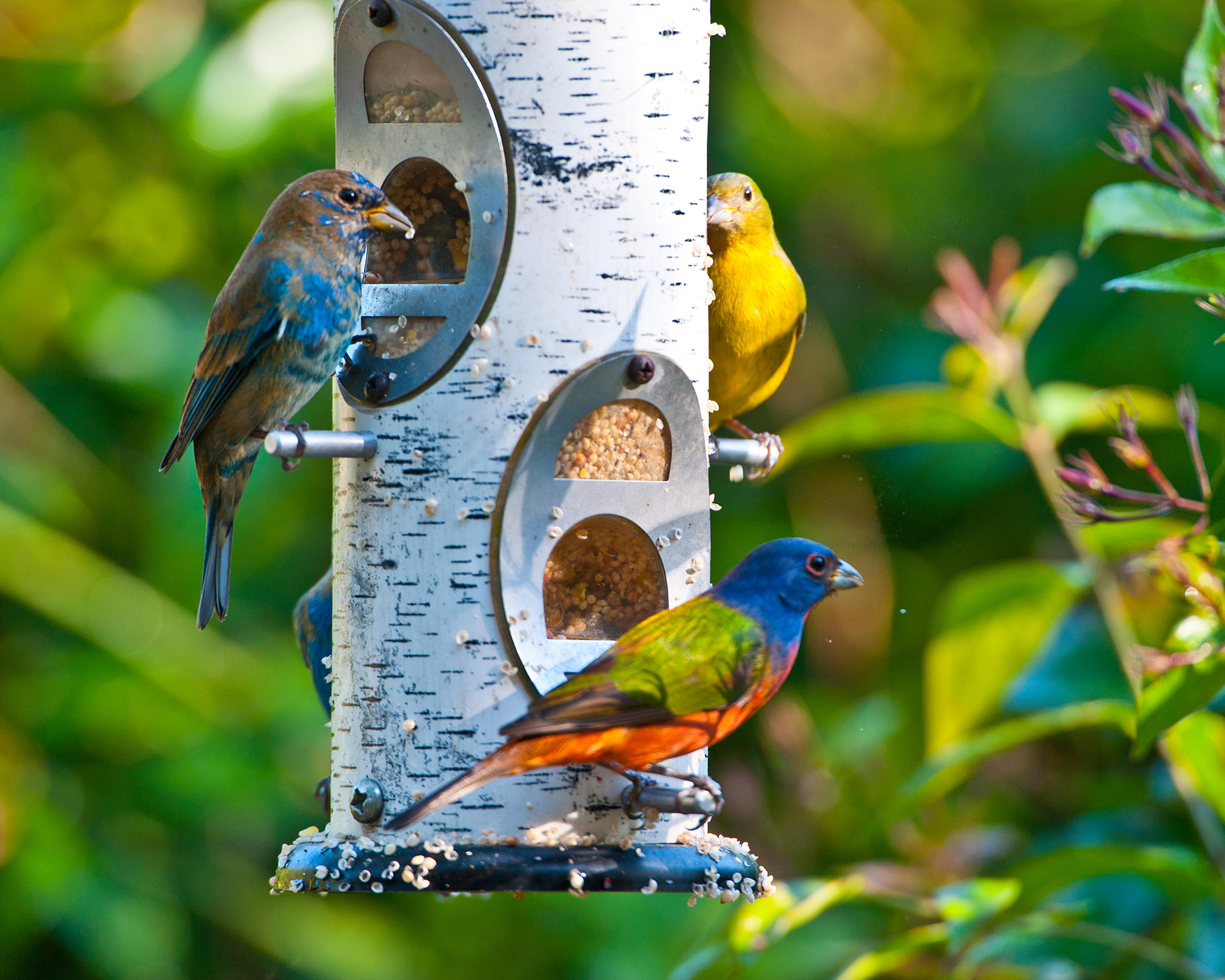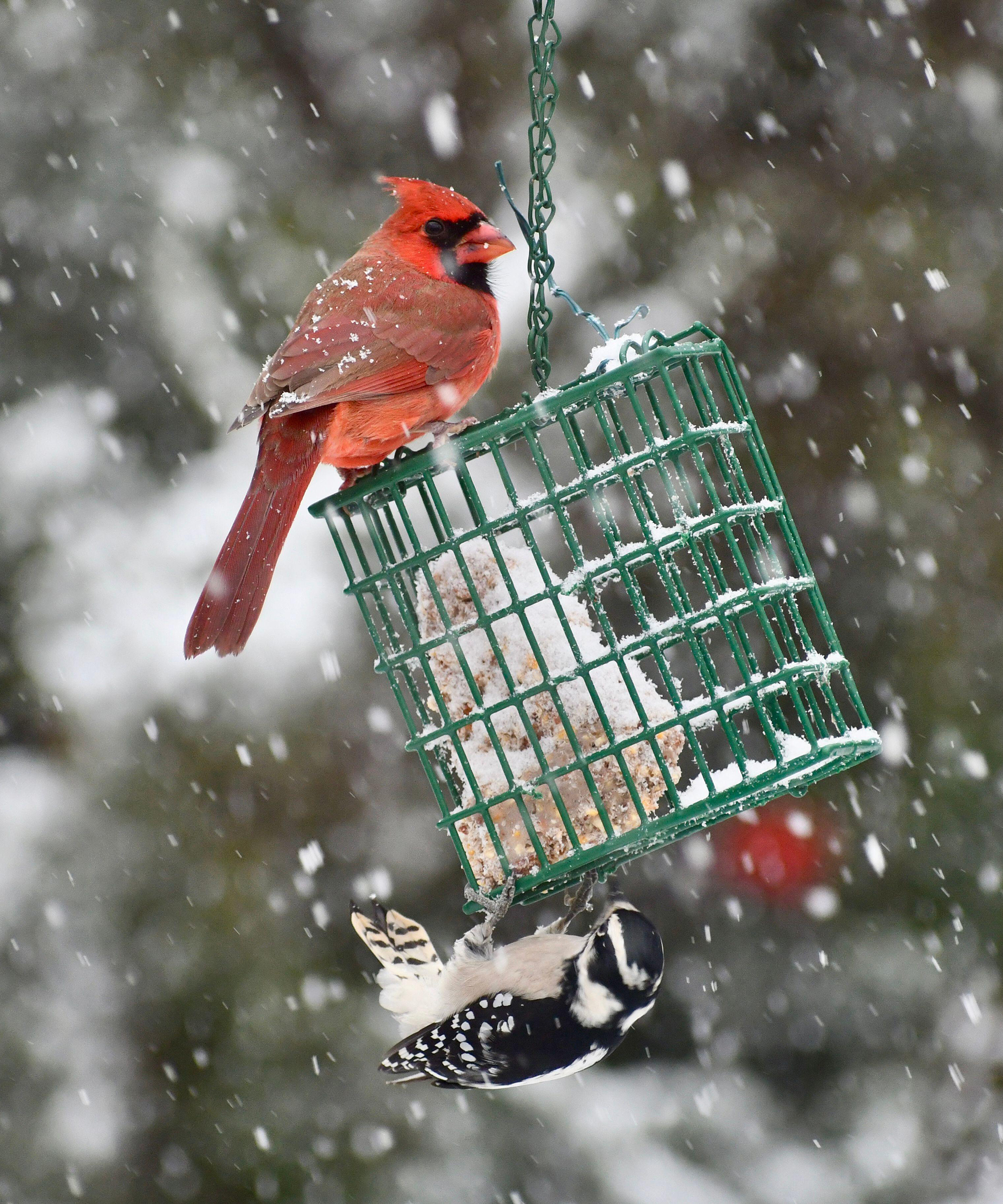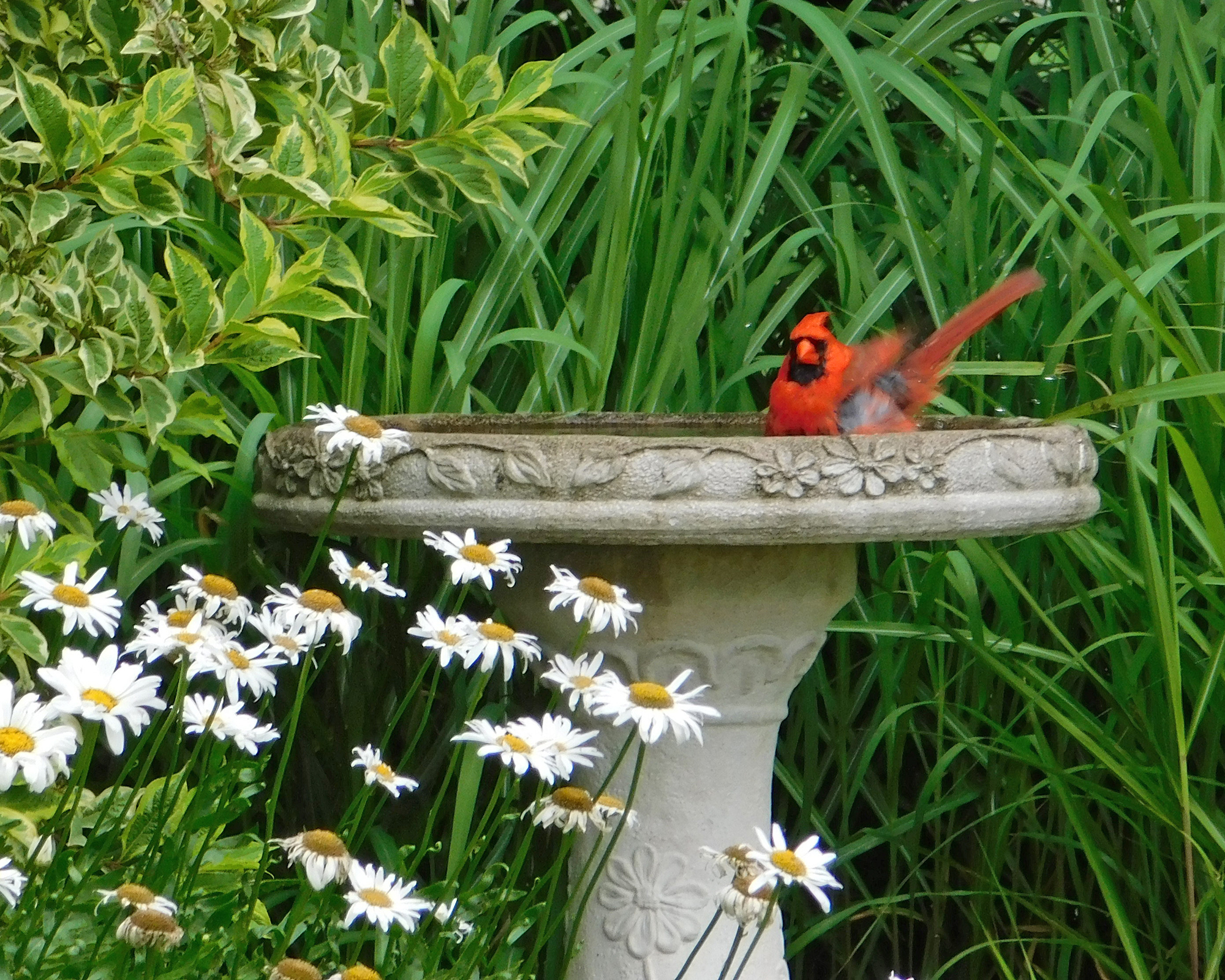9 Bird Feeding Mistakes To Avoid This Winter – And How To Get It Right
Feeding the birds is a great way to support wildlife this winter, but get it wrong and you could potentially put their lives at risk. Make sure you avoid these mistakes.


Feeding the birds is such a rewarding activity, and a great way to support local wildlife. However, too many gardeners are making potentially harmful mistakes when trying to appeal to feathered friends.
Get it wrong and not only will you be disappointed in the lack of bird activity in your garden, but you could even put their lives at risk.
When feeding backyard birds, it’s essential to get to know the local avian population, so you can tailor solutions to the species you want to attract.
Once you know what food they like, there are some lovely homemade bird feeder ideas that you can make.

Avoid these common bird feeding mistakes in your garden
Feeding the birds is just one aspect of creating a wildlife garden, but is an integral part of optimizing your whole backyard ecosystem.
Help the local bird population to thrive by ensuring you aren’t making any of these common feeding errors.
1. Not cleaning feeders
Dirty bird feeders are breeding grounds for harmful bacteria, fungi, and parasites. Fatal infections, such as Salmonellosis and Trichomoniasis, can easily spread among the local feathered population when poor hygiene is practiced.
Sign up for the Gardening Know How newsletter today and receive a free copy of our e-book "How to Grow Delicious Tomatoes".
This means that regular and thorough cleaning of feeders is absolutely vital. Ideally this should be carried out every week or two, but never leave it longer than one month.
Do not clean bird feeders in the dishwasher, as it may not get hot enough to kill the bacteria.
Simply empty and dismantle your feeders – discarding any old food – then place them in a bucket of cleaning solution. This could be water with disinfectant, or with a squirt of bleach added. Soak them for a while, then give them a good scrub. This long bottle brush from Amazon is bendable, getting into each and every dirty crevice.
Rinse the feeders well with cold water, then leave out to dry before refilling.
2. Using the wrong feeders
Not all birds like to feed from the same types of feeders. Some birds prefer table feeders; others like tube feeders. Some birds prefer to feed off the ground; others like to feed up high. To cater for the widest mix of birds in your garden, it’s best to provide a variety of feeders.
As a starting point, add a hopper feeder, which is attractive to the widest number of birds, including cardinals, finches, jays, grosbeaks, sparrows, and titmice. A tube feeder is also a good choice.
Once you have gotten into the habit of feeding birds, add some of the many other types of feeders to attract more garden visitors: platform and table feeders are popular with mourning doves and bluejays; suet feeders are beloved by a huge range of birds, including woodpeckers and nuthatches; nyjer feeders are loved by goldfinches; peanut feeders are perfect for woodpeckers; and mealworm feeders are attractive to robins. Even a high-tech bird feeder like the Birdbuddy PRO Solar Smart Bird Feeder with Camera is a fun way not only to feed your feathered friends but also to keep an eye on them.
Get to know the birds that come to your garden and find out what other wild birds are present in your area that you would like to attract.
If one type of bird becomes too aggressive at a particular feeder – starlings are common culprits – consider changing it to allow a better balance.
Bear in mind that unprotected table and platform feeders require a lot more attention during the winter months. Left unattended, they can quickly become waterlogged or covered in snow.

3. Forgetting to fill your feeders
After the initial enthusiasm for feeding birds has passed – and the cold weather makes going outside less appealing – too many gardeners forget about their feeders. However, this can be disastrous for non-migratory birds as helping animals in winter is the most important time.
In warmer months of the year, there is more food available, but over winter natural sources become scarce. Birds grow reliant on the food available to them locally, and expend a lot of energy flying between different feeders.
If you forget to fill your feeders, the birds will have wasted valuable energy for no reward. And, if this happens repeatedly, they will ultimately stop visiting your garden.
Feed birds in winter with fat and protein-rich foods like peanuts, sunflower seeds, and fat balls. This will help them to maintain their fat reserves until spring.
4. Overfilling feeders
As well as understocking feeders, you should avoid overfilling them. Putting out too much food in one go can overwhelm birds, and also cause unpleasant side effects like encouraging disease and attracting pests.
In addition, if the same food is left out for too long, it can go off, especially in warm or rainy weather.
Opt for little and often initially, and respond to the quantity the birds are taking. If food is starting to pile up, then restock more conservatively. But if they are getting through it quickly, then it’s fine to refill with more food to meet the demand.

5. Putting out the wrong food
Putting out the wrong food is one of the most common bird feeding mistakes, and usually a result of penny-pinching.
Firstly, don’t leave out old bread, as while not poisonous, it will encourage birds to fill up on empty calories. Birds need lots of fat and protein to thrive, and filling them up with carbohydrates will not provide them with the right nutrition.
For the same reason, avoid very cheap seed mixes, as they are often dominated by fillers such as wheat, rapeseed, millet, and flax. Not only are they less nutritious, but birds are likely to shun them.
Instead, tailor food to the birds you have in your garden – and ones you would like to attract.
Sunflower seeds are popular with a wide range of birds. Many species can eat the black ones, but if you start to get inundated with aggressive blackbirds and house sparrows, switch to striped seeds, as they can’t easily get through the shell.
Safflower is loved by cardinals, as well as many grosbeaks, chickadees, and native sparrows.
Nyjer seeds are popular with goldfinches and buntings.
Corn and peanuts are enjoyed by some attractive birds. But you need to be careful as they are also tempting to other wildlife that are less welcome in the garden, such as bears, squirrels, and raccoons. They are also more at risk of containing aflatoxins, which are toxic. Give these foods conservatively, and clear feeders regularly.
Many birds also love suet and mealworms, so make sure to include these in your feeding plans.
6. Poor seed storage
Badly stored seeds can become moist and sprout, or become spoiled, which could make the birds sick. Seeds with a high oil content are particularly prone to going rancid over time. However, you may not notice this at a glance, which is why proper storage is so important.
You can invest in a dedicated bird food storage solution, but any airtight plastic container will do the job – slowing down degradation and stopping rodents and insects from accessing it.
For those of us who like to buy bird seed in bulk to save a little money, these 31-gallon steel trash cans with lids from Amazon are a great way to store seed and keep it dry.
When stored properly, bird food can last for many months, but it’s best not to keep it for longer than one year.

7. Not pest-proofing feeders
It’s not just birds who will enjoy the food you are putting out for them – other local wildlife will soon be queuing up at the all-you-can-eat buffet.
Squirrels and rats are the biggest culprits, but in certain areas bears and racoons can also be an issue. Keeping squirrels out of gardens is a common concern, as they can damage plants and are messy eaters, spreading seed around the garden.
The first thing to do is to choose quality seed that doesn’t have filler in – as the birds tend to leave these, and they attract rodents.
Avoid scattering food on the ground, and install your feeders in a semi-open area where there isn’t too much ground coverage for rodents to hide.
Invest in pest-proof feeders – such as those with baffles or guards – although don’t be surprised if clever squirrels still find a way round them…
8. Putting feeders in the wrong place
A common mistake beginners make is to place feeders in a really exposed location close to the house. However, birds will avoid these as they will feel threatened.
Feeders should be positioned close to natural cover from trees and shrubs, but not totally surrounded by it. They need to be high up enough to avoid ground predators, such as dogs and cats, but not so high up that they are then exposed and vulnerable to attack from birds of prey.
Positioning feeders close to a reflective surface, such as a window, is also a bad move as it can confuse the birds.

9. Not providing water
Birds need water for drinking and bathing, so it’s important to include a birdbath in your feeding setup. However, don’t place it too close to feeders otherwise the water may become contaminated with food.
Change the water every day to keep it fresh, and in winter check that it hasn’t frozen over. A birdbath heater will help with this, but never use antifreeze.
Birds tend to prefer birdbaths that are at ground level, but they will use raised baths – just make sure they are close enough to an area where they birds can fly for cover if a predator arrives.
Clean the birdbath regularly, ideally at the same time as feeders.

Melanie is an experienced gardener and has worked in homes and gardens media for over 20 years. She previously served as Editor on Period Living magazine, and worked for Homes & Gardens, Gardening Etc, Real Homes, and Homebuilding & Renovating. Melanie has spent the last few years transforming her own garden, which is constantly evolving as a work in progress. She is also a passionate organic home grower, having experimented with almost every type of vegetable at some point. In her home, Melanie tends to an extensive houseplant collection and is particularly fond of orchids.